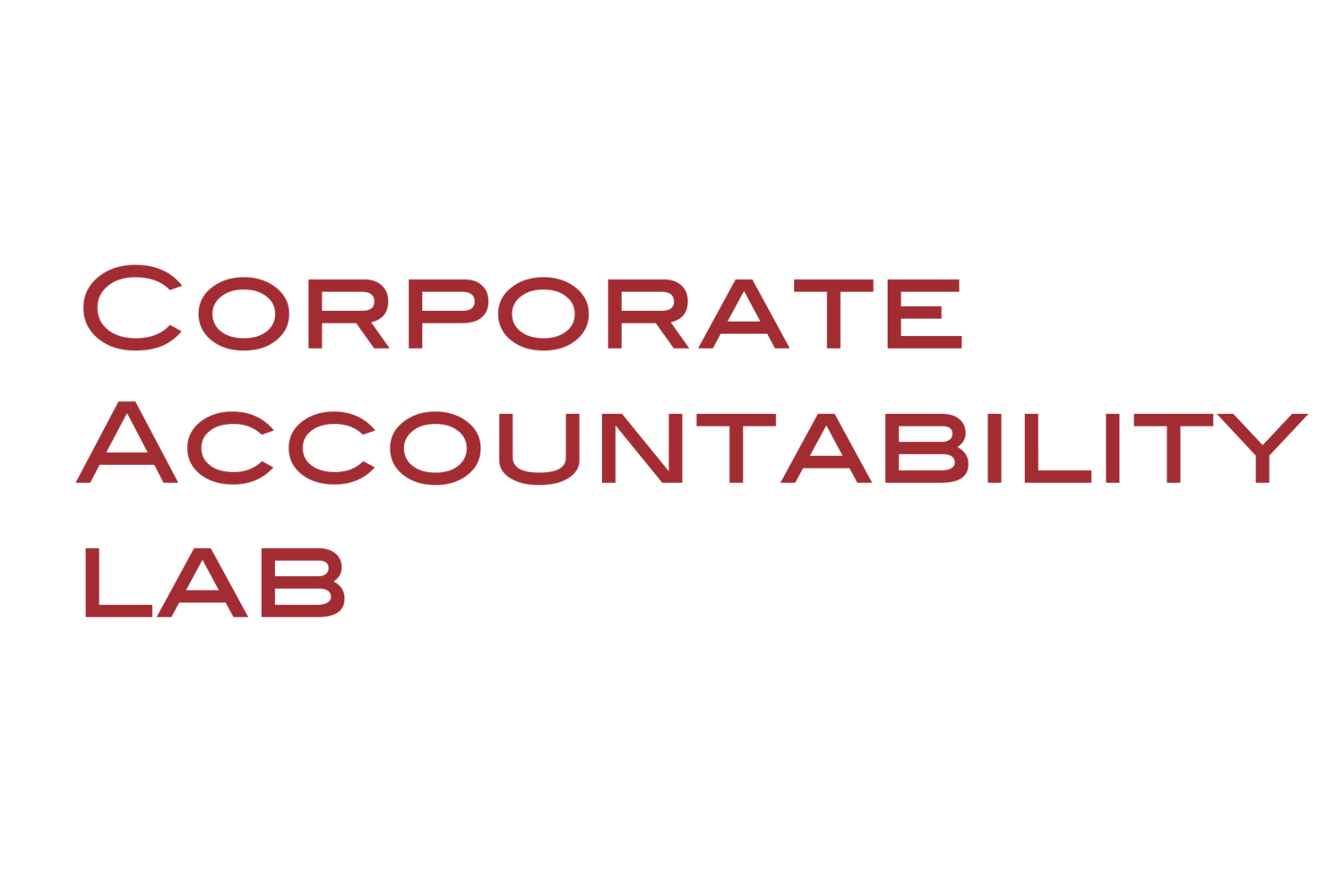My name is Amy Kato and I am a summer intern at CAL. I come from Kuala Lumpur, Malaysia, and currently attend the University of Illinois College of Law, Champaign-Urbana. I graduated from John Carroll University (JCU), a small, private, Catholic, and primarily white liberal arts college in Cleveland, Ohio named after a slave owner.
This blog post explores the parallels I’ve discovered between the strategies I used as a student organizer in undergrad and CAL’s approach to fighting corporate impunity.
Strategizing for inclusion of historically underrepresented students at JCU
Amy Kato, Summer 2020 Legal Intern.
I arrived in the US to attend JCU in 2014, the same year that Tamir Rice, a 12-year-old Black child, was killed by police officer Timothy Loehmann. My university was not exempt from the subsequent wave of demands for change. My peers and I fought our institution for resources and support for historically underrepresented students. I quickly realized that I did not have the capacity, resources, or time to dismantle the system. It was much more efficient to reappropriate and use existing structures in order to gain access to spaces, conversations, and resources.
Part of my on-campus activism included being a Student Union senator, where I was one of two women of color and Chair of the Diversity and Inclusion committee. Within the Student Union, I called out the use of Robert's Rules of Order (RRO) for excluding students who did not have the opportunity to learn about this method of running a meeting before college. It may seem like a small issue, but students were systematically excluded from voicing their opinions due to fear of appearing uneducated, especially if they already faced the stigma of being a minority. My concerns about how the RRO silenced students of color fell on deaf ears. So, I used and misused the RRO to make meetings as tedious and irritating as possible, and soon the Student Union relaxed the RRO significantly and RRO training sessions open to the entire campus. I also used the Student Union constitution to point out that the sanctions against students who broke RRO were unconstitutional and an abuse of power. The Student Union constitution often came in handy when people abused their authority, shrugged off their responsibilities, or acted against the interest of minority students.
Strategizing for corporate accountability
It’s been a few years since I left that behind, but I recently found myself doing similar work at CAL. Instead of relying on laws made to protect human rights and the environment (which are largely ineffective or have been drastically limited for use in US courts), CAL often figures out ways to hold corporations accountable by using the laws that corporations themselves helped create and benefit from. This is much more effective than relying on human rights and environmental law since corporations do not actively target commercial law tools and dismantle them. For example, CAL may use contract law to hold corporations accountable for abuses in their supply chains or federal laws protecting government contracts instead of lobbying for aspirational laws that get torn apart.
In both environments -- student organizing and the global fight for corporate accountability -- advocates have to creatively use existing structures to hold people and organizations accountable for their action and inaction.
The elephant in the room: using the master’s tools
Audre Lorde famously said: “the master’s tools will never dismantle the master’s house.” She’s right. We must acknowledge that these types of strategies are bandages on a much larger wound. By the time an issue lands in the hands of lawyers, it is often too late. Governments and companies have exploited and pillaged the Global South for centuries, and remedies provided by courts can only do so much to heal the damage that has been done. Rehabilitation and reconciliation have been largely ignored in favor of punitive measures. Many of the structures and tools we use -- like commercial laws and US courts -- were created to protect the interests of the powerful and rarely result in systemic change.
However, it is not just a matter of dismantling the master’s house. Lawyers can use existing and creative strategies and solutions to challenge harmful practices and protect marginalized people from being abused, incarcerated, and killed. I think we have the ability, responsibility, and privilege to buy time as we simultaneously reappropriate the master’s tools and dismantle oppressive systems.
Amy Kato is a Legal Intern with Corporate Accountability Lab.



